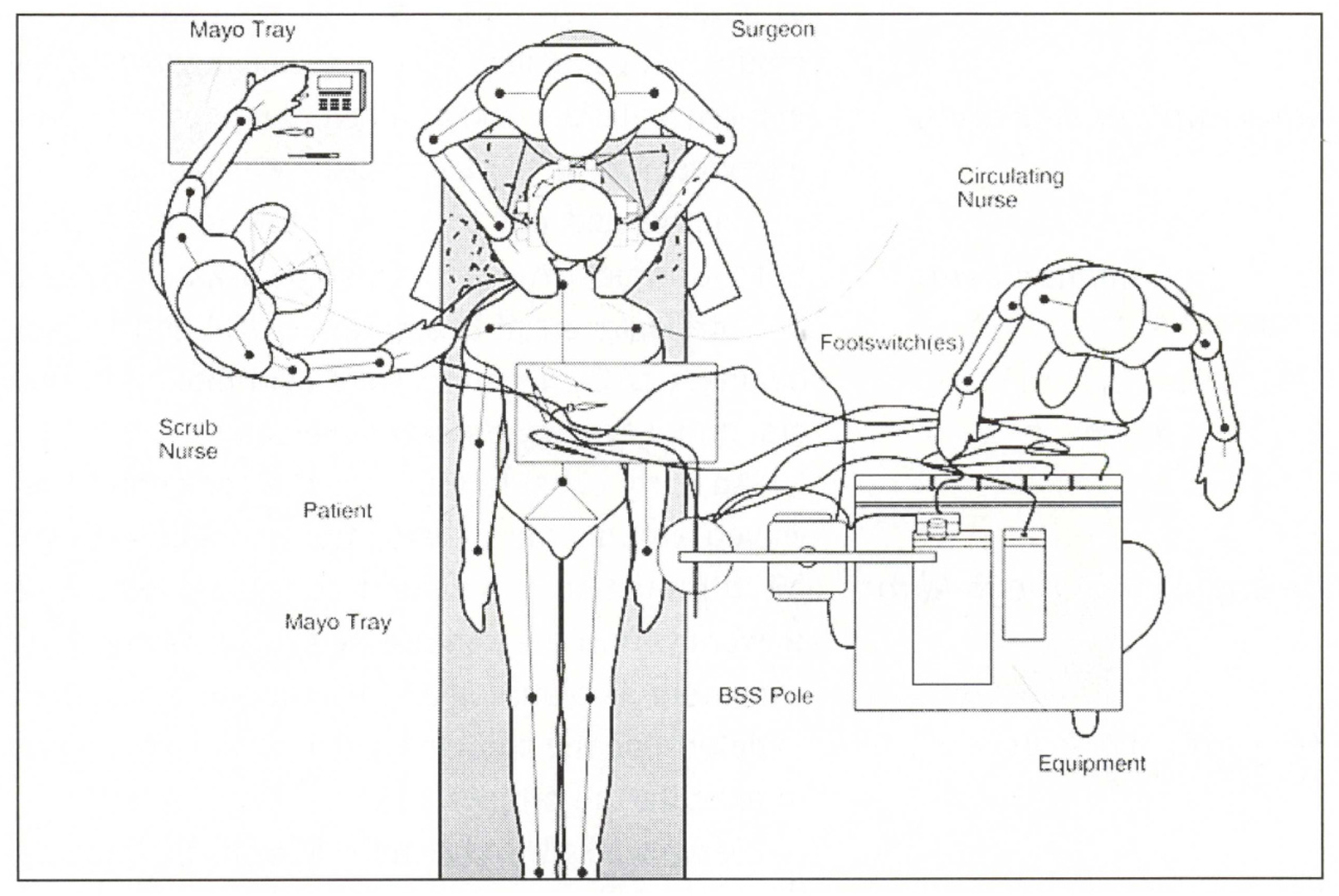“Collaborative Design and Development for Surgery Equipment” by Schaaf
Conference:
Experience Type(s):
Entry Number: 03
Title:
- Collaborative Design and Development for Surgery Equipment
Program Title:
- Designing Technology
Organizer(s)/Presenter(s):
Collaborator(s):
- Dan Doorley
- Duncan Copeland
- Rory McDonnell
- Ludwin Mora
- Richard Pallo
- John Russell
- Jeff Weintraub
- Bill Collins
- Dan Todd
- Bob Wargo
Project Affiliation:
- Design EDGE and Johnson & Johnson
Description:
Focus
The presentation will describe the process, steps, and tools utilized by Design EDGE to develop high-technology equipment.
Brief
The presentation will have two primary functions. First, to demonstrate the value of having designers involved in all phases of product development from product specification to final product release. Second, to highlight the tools utilized by Design EDGE and 10 Lab to develop surgery equipment. In particular, the presentation will show the value of appropriate use of computers to aid in the product development process.
The material will be presented as an “active timeline” following the steps utilized to develop Johnson & Johnson’s new ophthalmic surgery equipment.
Background information will contain a brief description of Design EDGE and the 10 Lab division of Johnson & Johnson. It will then continue with the issues involved in the development of products for surgical environments. The process of designing appropriate products begins with the knowledge of the user and environment.
Initial stages will demonstrate information gathering by means of questionnaire, interviews, and quality function deployment matrices defining the customers and targeting their wants and needs. Exploration of preliminary concepts and the tools used to generate them will then be highlighted. Two-dimensional and 30 component configurations, marker sketches, and fome-core study models will all be shown.
Testing of concepts will contain ergonomic analysis by computer layouts as well as interviews at medical tradeshows and in laboratory settings. Additional stages will describe the reasons for selecting a touch-screen interface as well as the unique problems that need to be addressed in interface design and how they were approached. Later stages also describe the creation of multimedia instructional videos and the design of user manuals.





